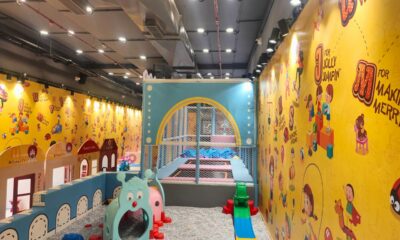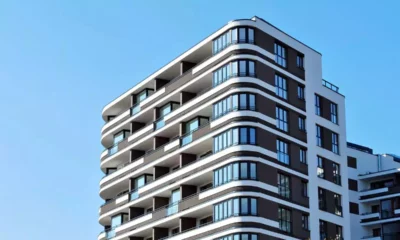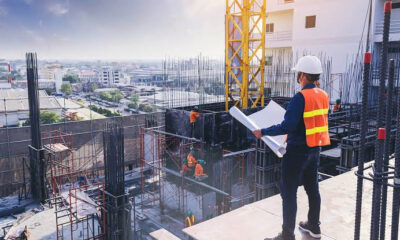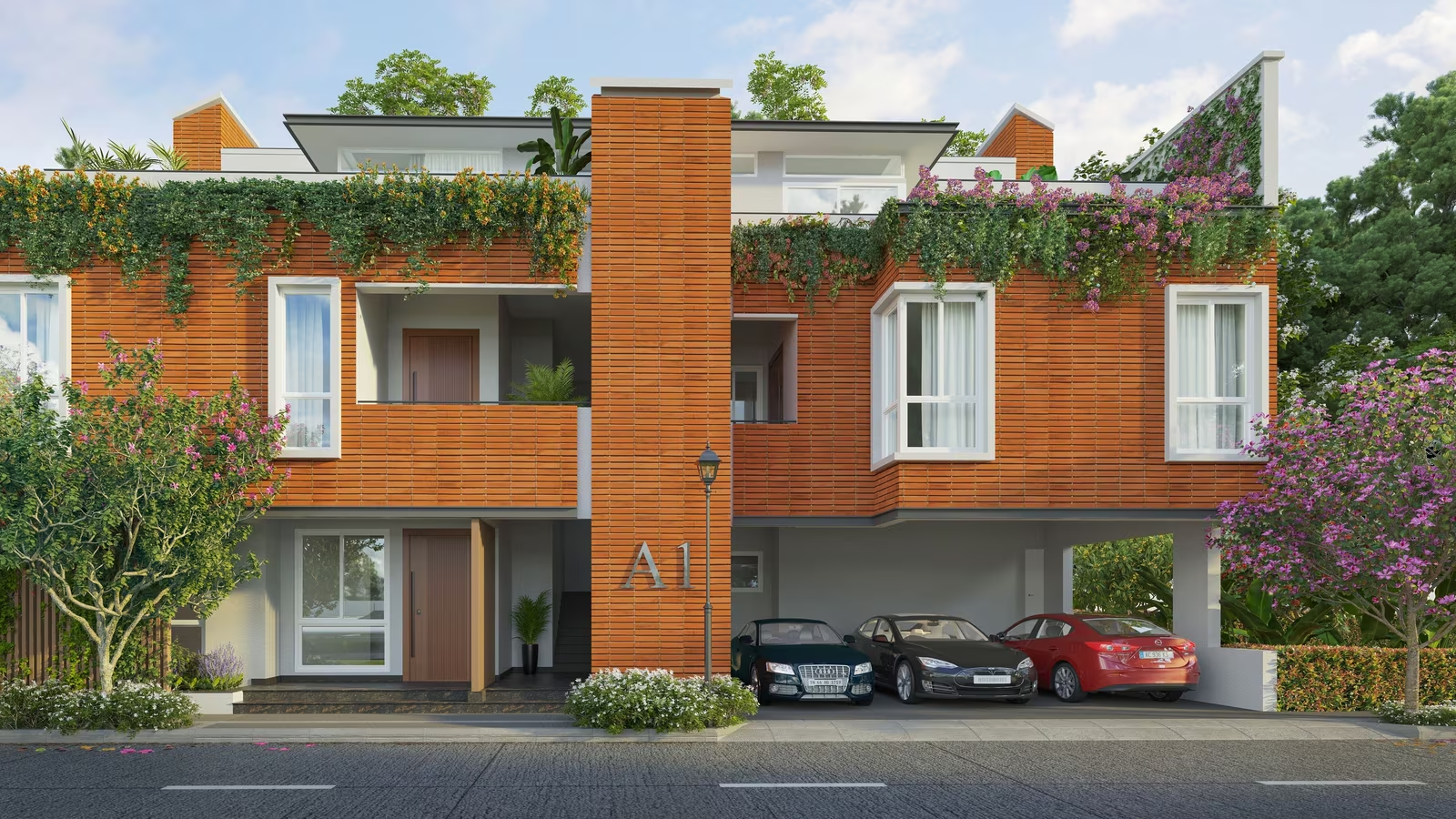Guest Column
Why investments in Airport Real Estate Should not be missed?
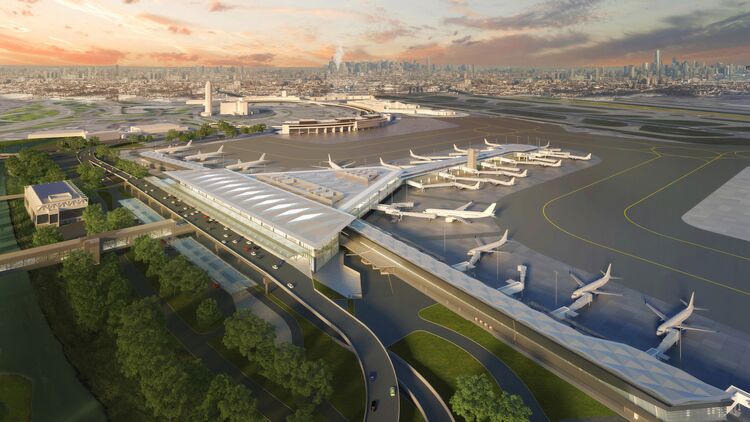



By: Ankit Kansal, Founder & MD, 360 Realtors 2022 was the year which Indian real estate was waiting for long. It is the year when markets finally took the big leap with quarterly sales jumping by around 15-25% in most of the major Indian cities. There is a significant decline in inventory giving a sigh of relief to both developers and property advisors.
As there has been a momentous shift in demand, property prices have also moved upwards with many popular markets around India showcasing a double-digit appreciation, a rare feat seen in India in the past 3-4 years, where stable prices mostly dominated the lexicon.
A stable appreciating real estate is also inviting investors in big volume. Investor confidence on Indian real estate is at all-time high. Besides, a decline in the financial market and a tailspin in the global crypto market have also made many investors realize the profound of power of tangible assets such as real estate.
While investors are betting on regular assets such as housing, commercial, retail, etc., new asset types are also coming up such as SCO plots, student housing, wellness resorts, second homes & farmhouses, fractional ownerships, etc.
Another class of assets that is featuring high on investor radar these days is the real estate around the airport. Around the world, just like ports and railway corridors, airports have been harbingers of real estate growth.
Airports are not just a node in transport but are large commercial ecosystems that are associated with multiple business activities such as catering, fuel and airline maintenance, aviation engineering, parking and rental, cargo, etc. Similarly, mega projects such as airport foster growth in numerous ancillary industries such as tourism and hospitality, F&B, car rentals, retail, MICE & convention centers, commercial real estate, warehousing & logistics, public utilities, and much more.
It also supports phased development of the region as large projects such as airports require investments in highways, light suburban transit lines, metros, schools, healthcare, affordable housing, etc.
Airports are built away from the city, generally in remote areas. However thanks to investments in physical infrastructure and the unfolding of a host of commercial activities, the region soon becomes a self-sustainable ecosystem, many times becoming a Secondary Business District (SBD) giving stiff competition to the CBDs.
Institutional Framework for Growth and Progress
As airports become robust commercial ecosystems, real estate gets a shot in the arm. The proximate area, which generally comprises of around 1-5 km of radius witnesses growth in the concentration of hotels, resorts, shopping malls & complexes, business parks, conventions, exhibition halls, etc. Airport regions extend further beyond the proximate area, and can stretch up to 15-25 kms in radial length, encompassing a wide range of housing projects, mixed real estate projects, hotels & resorts, wellness resorts & spa, IT parks, business clusters, tourist centers, recreational centers, sporting complexes and much more.
Lured by the growing commercial significance of the region, private companies, business enterprises, and regional distribution arms of MNCs, get lured towards the region. Following this, banks, insurance companies, retailers, and educational institutions move in. For many companies such as agribusiness, pharma, heavy engineering components etc, it makes sense to be located in close proximity to the airport as it connects them to supply lines seamlessly.
The positive impacts of growth in employment cascade into other areas such as housing and commercial real estate demand, thereby creating a complete institutional framework for growth and progress.
Attractive Investment Potential
As emerging growth corridors, the airport regions are fraught with tremendous investment opportunities. By making initial investments, one can easily reap appreciation to the tune of 20-30% in the initial years. Even after that, with a slew of projects unveiling and demand evolving, property prices continue to move at a steady pace. As per the research by 360 Realtors, which tracked major airport projects over the past 10 years, the average aggregate price growth is to the tune of 194%.
Though housing properties are one of the popular modes of investment, other categories such as shop spaces, offices, and warehouses, are also viable investment options. There are also opportunities in the hospitality sector as high tourist movement makes such places a bustling ground for hotels, budget accommodations, eco-resorts, lodges, serviced apartments, etc. Besides regular tourists, the demand for hospitality is also run by business travelers, airlines staffs, etc.
Overall, airport projects are a potent gold mine for someone looking to make safe, secure, and lucrative investments. Both appreciation and rental potential are high making it a suitable option for discerning buyers and investors. Already we have seen how airports have transformed nearby regions in Hyderabad, Bangalore, Gurgaon, etc. Similar bullish sentiments are visible in MOPA (North Goa), Navi Mumbai, Jewar, etc. where real estate demand is moving up at a scorching pace due to the airport project.
So if you are an investor and looking for a lucrative deal, give the airport regions a chance.
-



 News4 weeks ago
News4 weeks agoKW Delhi 6 Mall Onboards New Brands
-

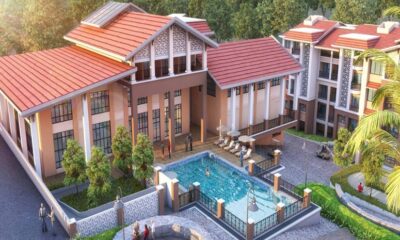

 News4 weeks ago
News4 weeks agoManasum Senior Living Launches IKIGAI GOA, A Senior Living Community in North Goa, in collaboration with Prescon Homes
-



 News4 weeks ago
News4 weeks agoCommercial Realty Gets Tech Savvy: Fast Construction, Enhanced Convenience
-

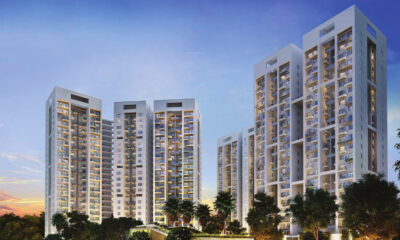

 News3 weeks ago
News3 weeks agoGodrej Properties Sells Rs 3k cr+ Homes of Godrej Zenith, Gurugram, within 3 days
-

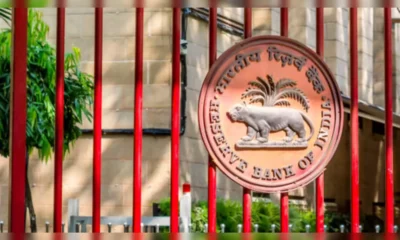

 News3 weeks ago
News3 weeks agoRBI’s Status Quo on Key Policy Rates to Help Maintain the Real Estate Growth Momentum, Say Industry Stalwarts
-



 News2 weeks ago
News2 weeks agoOlive Announces Dhruv Kalro as Co-Founder
-



 News1 week ago
News1 week agoNoida’s High-Rise Societies Face Multiple Challenges Despite Rapid Urban Growth
-



 News3 weeks ago
News3 weeks agoGodrej Properties Sells 5000+ Homes of Rs 9.5 cr in Q4FY24, Bookings up 84% YoY









